Celebrating all that's great about guide dogs!
Celebrating all that’s great about guide dogs
When is Blindness Awareness Month?
Blindness Awareness Month occurs annually every October. It’s a great chance to raise awareness about the causes of blindness and share the inspiring stories about those who live with eye disorders and blindness.
What are the most common breeds for guide dogs?
Guide Dogs play an important role in the lives of people they assist. According to Guide Dogs UK, there are three breeds that are most commonly used in their programme. These are Labradors, Golden Retrievers and Standard Poodles.
Labradors
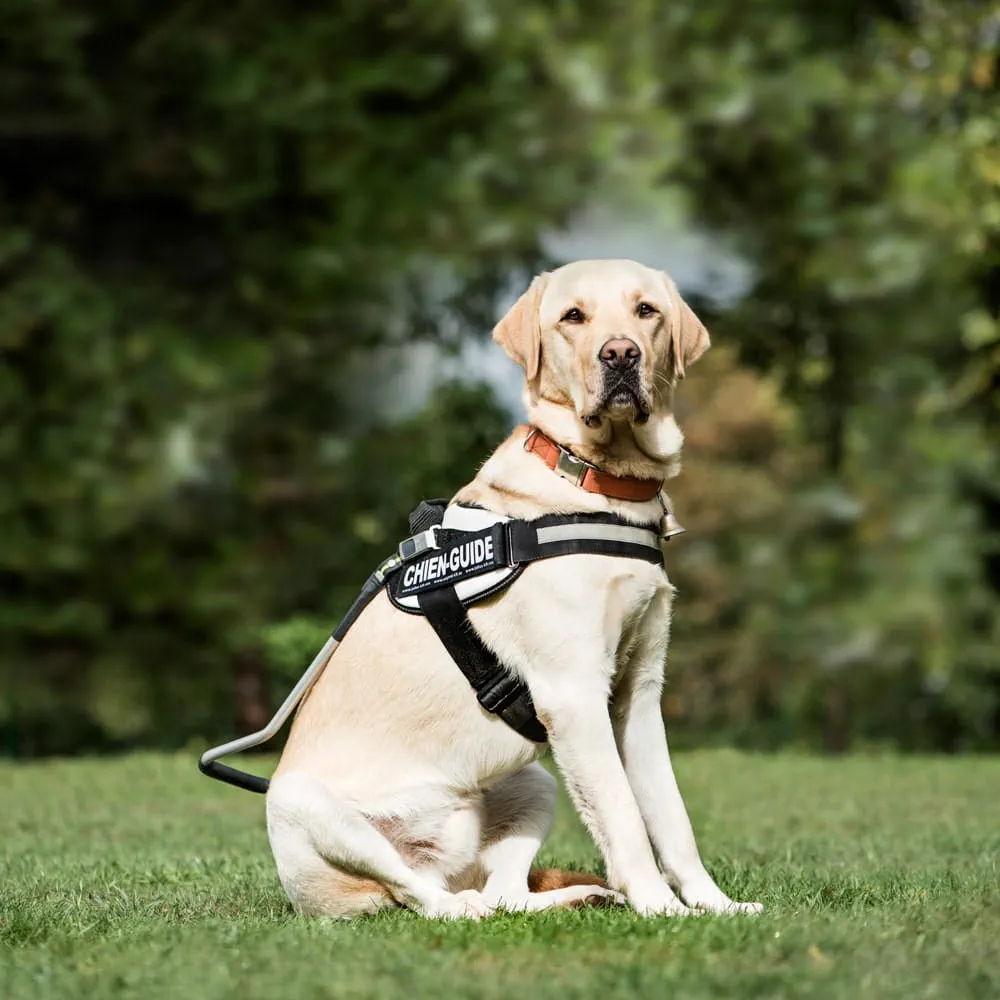
Labradors are widely used as guide dogs, owing to their friendly nature and adaptability. Labs are food-oriented, so are easy to train and eager to please. Their size also makes them perfect for the role of a guide dog, being large enough to physically prevent their handler for getting into danger but not too large to become a hazard to walk around with.
Golden Retrievers
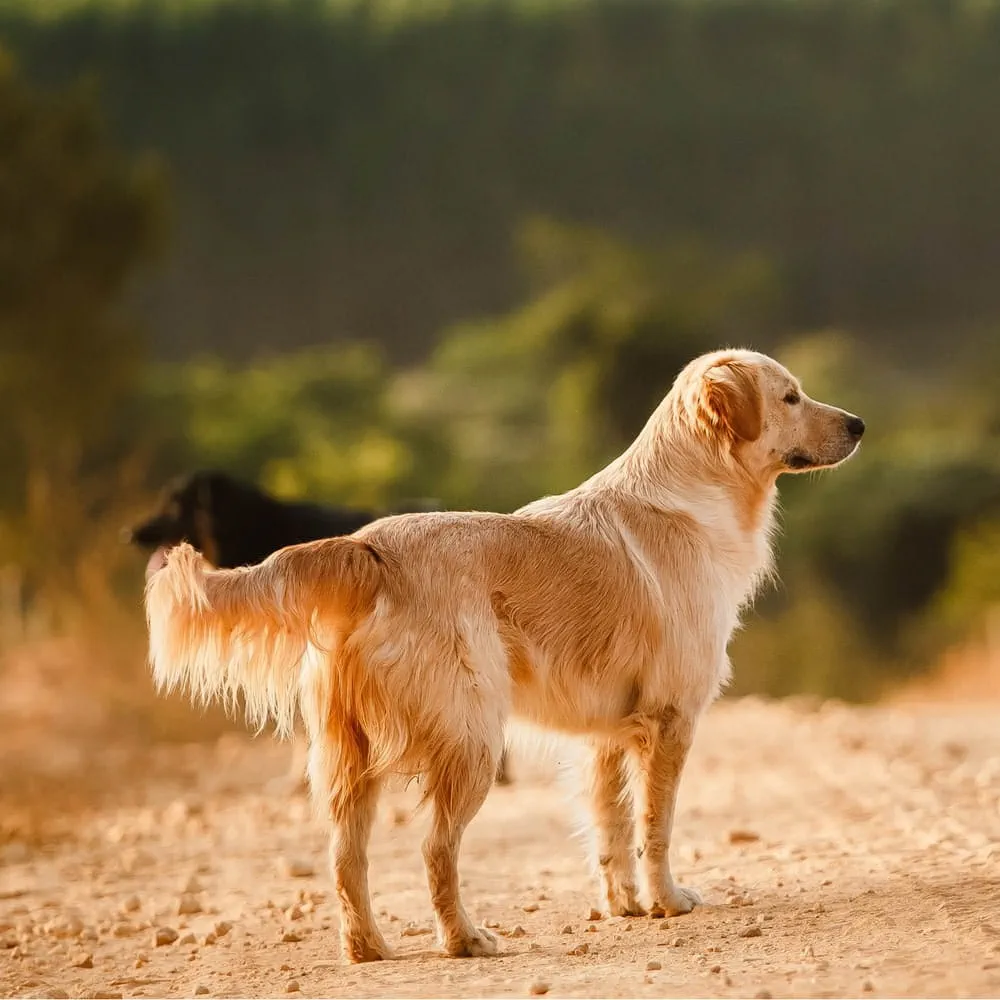
Golden Retrievers are intelligent dogs who love responsibility. These are diligent dogs who have a great temperament and work ethic. Golden Retrievers – like Labradors – are accepted by the general public and are calm under pressure. Labradors and Golden Retrievers are often bred in order to make the most of their incredible guide dog features!
German Shepherds
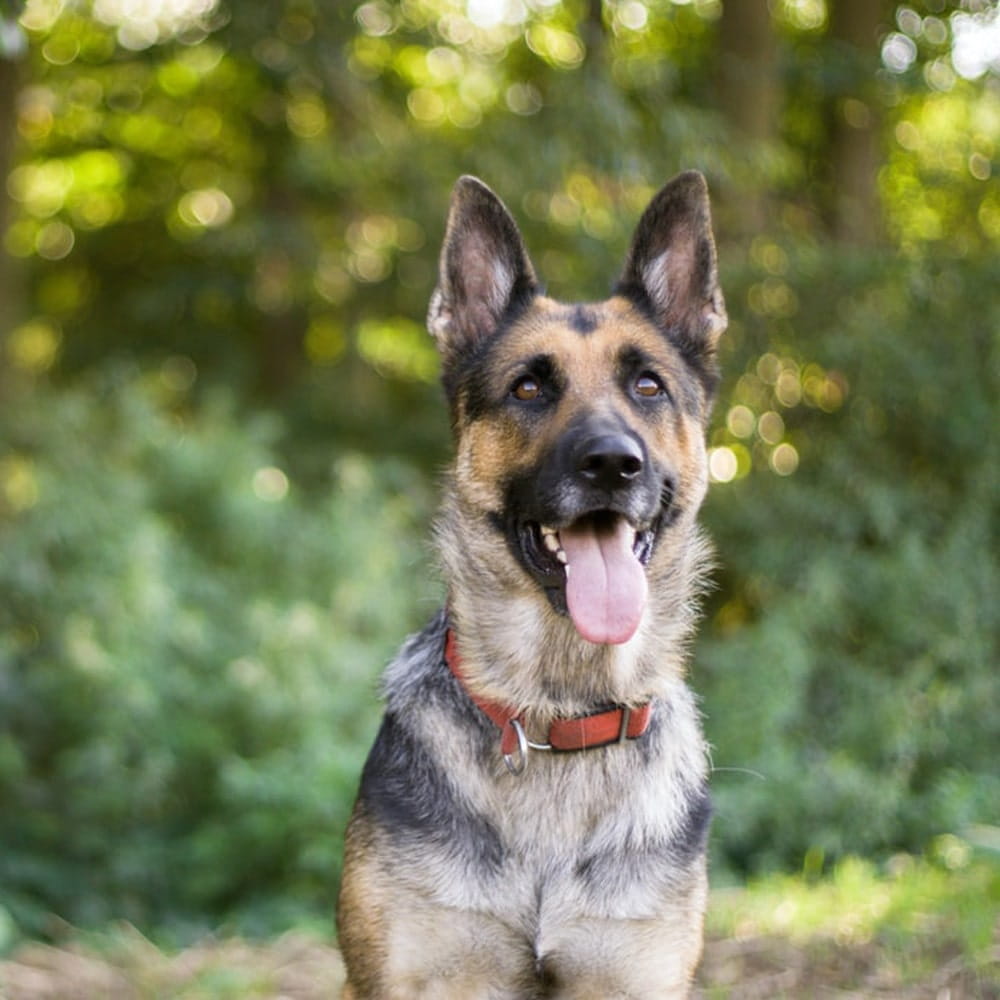
German Shepherds are often used by the emergency services and armed forces, but also as guide dogs for those with sight loss. The versatility of a German Shepherd comes from their high-intelligence and exceptional temperament. Originally used as herding dogs, they have fantastic sight and hearing which makes them perfect for the role of a guide dog.
Poodles
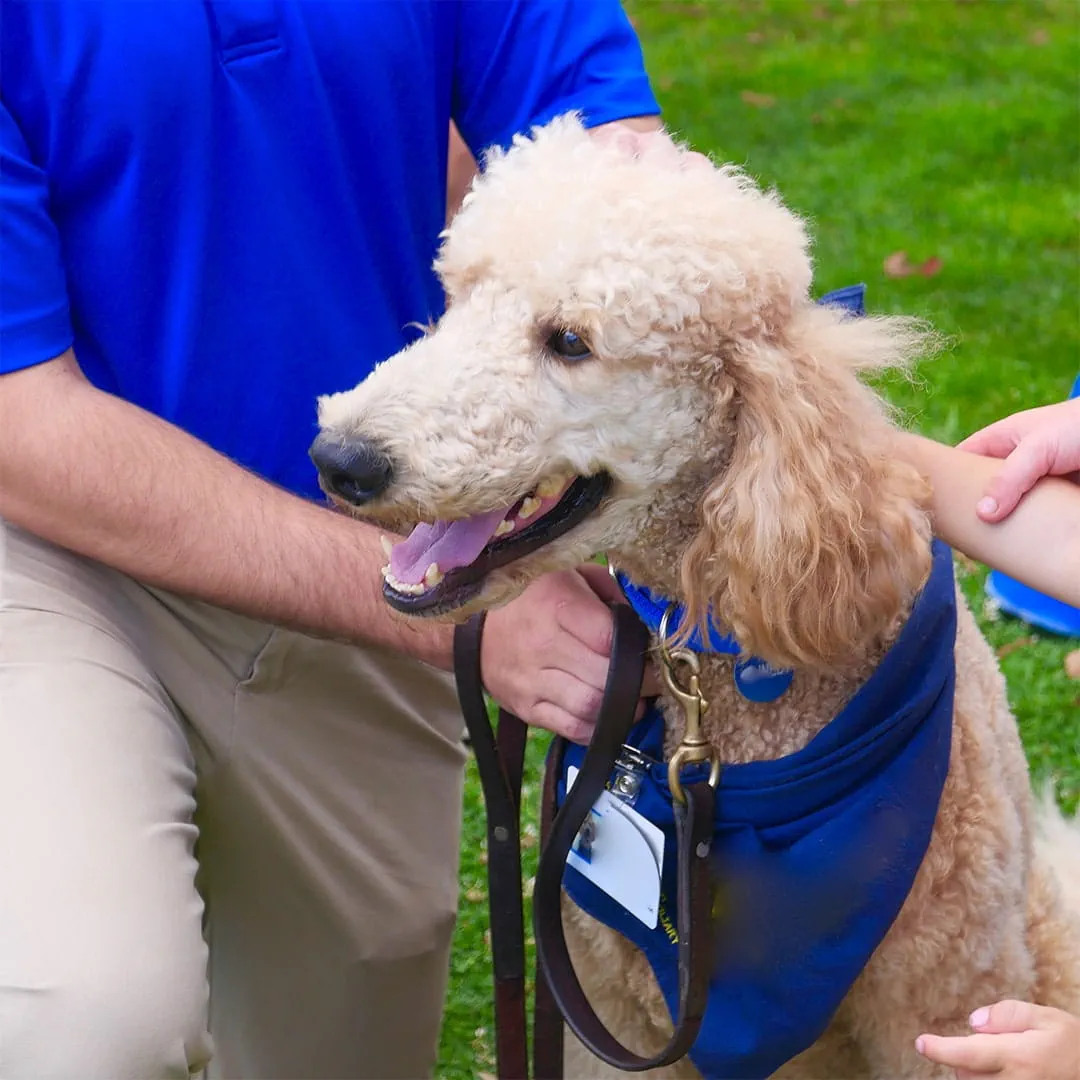
You might think that Poodles are more used to wearing rosettes than a harness, but Standard Poodles are also used as guide dogs. While there are only a few currently on the Guide Dogs programme currently, the Poodle is well-suited to the task. Far from their stuck-up image, the Standard Poodle is an intelligent breed who love to please people. As such, they’re easy to train and their coat makes them less susceptible to shedding than most other breeds.
How are guide dogs trained?
From newborn to retirement, the life of a guide dog goes through several stages. Before they meet their future handler, all guide dog puppies undergo special training at one of four national training schools. Once the pups successfully graduate from their training, they’re paired with their future handler. The matching process takes the dogs’ character, temperament, and the lifestyle of the handler into account to find the perfect fit!
Afterwards, the guide dog will usually complete two weeks of training away from their future home with their handler. After this, there’s another three weeks of training at the handler’s home. Guide dog training will cover:
- Dog handling skills
- Dog and handler interaction
- Cleaning up after the dog
- Understanding guide dog behaviour
- Feeding the dog a nutritious diet
What can guide dogs be used for?
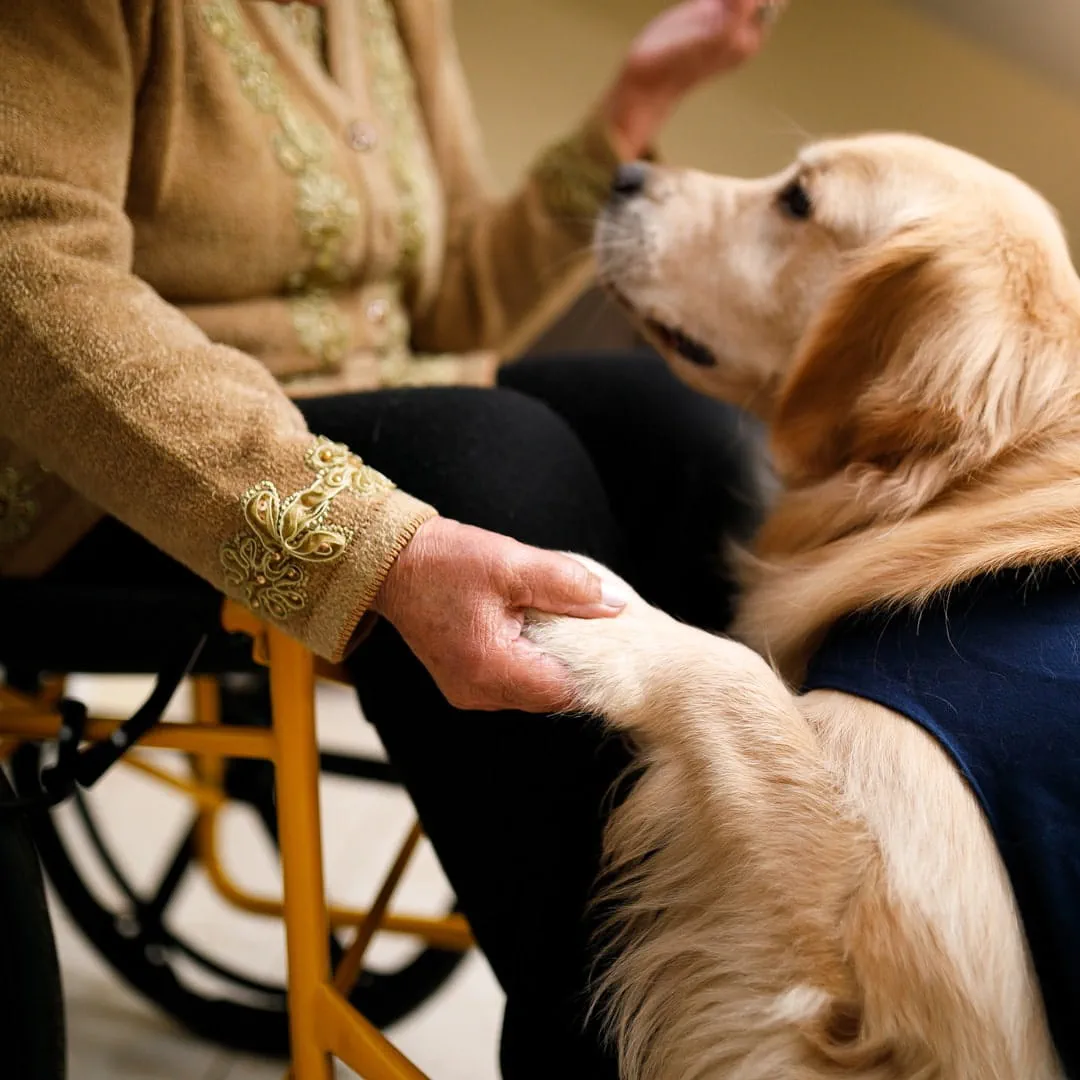
They say that dogs are a man’s best friend, but for may people across the UK, they are much more than that. As well as assisting those with sight loss, guide dogs can also help with other conditions, including:
Hearing loss
Specially-trained hearing dogs support children and adults across the UK in much the same way as a guide dog does. Hearing dogs will alert their handler to sounds they may otherwise miss in daily life – from an alarm clocks and smoke alarms to phone calls and the doorbell.
Anxiety
Support dogs are able to assist handlers who may be suffering from conditions that aren’t necessarily noticeable. Those with autism, epilepsy or anxiety can receive help and support from dogs. Support dogs can bring medication when needed and provide comfort to help during an anxiety attack.
Therapy
Therapy dogs can be quite a general term, but their job remains more or less the same. These dogs provide much needed therapeutic support, including hospital patients, school students and those in hospices. The great thing about therapy dogs is that they can be any breed, from a Spaniel to a Great Dane, just as long as they have the right attitude and a calm temperament.




